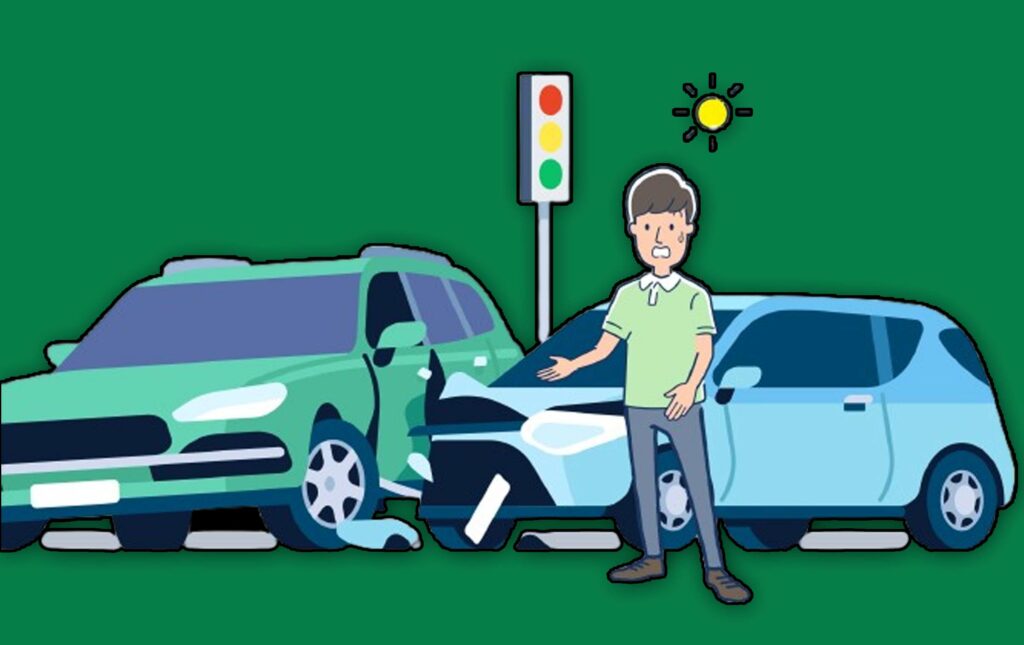Car Insurance After a Hit-and-Run in California- A hit-and-run accident is one of the most frustrating experiences a driver can face. It happens when another driver hits your car, causes damage or injury, and then flees the scene without taking responsibility. In California, hit-and-run cases are unfortunately common, and they often leave victims unsure of what steps to take next.

If you ever find yourself in this situation, knowing how your car insurance works can make a big difference. Your coverage type determines how much financial protection you have and how much you’ll need to pay out of pocket. Let’s break down what California law says, what kind of car insurance applies, and what you should do after a hit-and-run accident.
Understanding Hit-and-Run Laws in California
Under California law, every driver involved in an accident is required to stop and exchange information such as name, address, and insurance details. Failing to do so is considered a crime — either a misdemeanor if only property is damaged, or a felony if someone is injured or killed.
Even though you’re the victim, you still have certain obligations after a hit-and-run. You must report the accident to the police as soon as possible, especially if there are injuries or significant damage. In many cases, you’ll also need to notify the California Department of Motor Vehicles (DMV) within ten days if the damage exceeds a specific amount. Filing an official report helps with both legal protection and insurance claims.
How Car Insurance Covers a Hit-and-Run
When the other driver flees, your own insurance becomes the primary source of compensation. The type of coverage you have determines how much help you’ll get.
1. Collision Coverage
Collision coverage is one of the most reliable protections in a hit-and-run. It pays for repairs to your vehicle regardless of who caused the accident. You will, however, need to pay your deductible first. If the police eventually find the driver who hit you, your insurance company may recover the costs and reimburse your deductible.
2. Uninsured Motorist Coverage
In California, uninsured motorist coverage (UM) is very helpful after a hit-and-run. It treats the fleeing driver as if they were uninsured.
Uninsured Motorist Bodily Injury (UMBI): This covers medical expenses, lost wages, and pain and suffering if you or your passengers are injured.
Uninsured Motorist Property Damage (UMPD): This may help pay for vehicle repairs, but it usually applies only if the hit-and-run driver is identified. If not, your collision coverage may have to step in.
3. Comprehensive Coverage
Comprehensive insurance generally protects against non-collision incidents like theft, fire, or vandalism. Because a hit-and-run involves another vehicle, it typically doesn’t apply to this type of accident.
4. Medical Payments Coverage
If your policy includes medical payments (MedPay), it can cover medical bills for you and your passengers regardless of fault. This can be especially useful if you don’t have health insurance or if your uninsured motorist coverage has limits.
What to Do After a Hit-and-Run in California
Being hit and left behind can be shocking, but staying calm and acting quickly increases your chances of getting compensation. Here are the most important steps to take:
- Move to safety and check for injuries. Your safety and that of your passengers should come first.
- Call the police immediately. A police report is crucial for filing an insurance claim and proving that it was a hit-and-run.
- Gather evidence. Take clear photos of your car’s damage, the location, and any debris or tire marks. Look around for witnesses or nearby cameras that might have captured the incident.
- Notify your insurance company. Report the accident as soon as possible, providing all details and the police report number. Delays can sometimes affect your claim.
- Seek medical attention. Even if you feel fine, some injuries may not appear right away. Getting checked ensures your well-being and supports your insurance claim.
Which Coverage Is Best to Have in California?
If you live and drive in California, it’s smart to include uninsured motorist coverage and collision coverage in your policy. These two types of protection give you the best chance of recovering costs after a hit-and-run. Although they increase your premium slightly, they can save you thousands in repair and medical bills when the unexpected happens.
Conclusion
A hit-and-run accident can leave you feeling helpless, but the right car insurance can protect you from the financial burden that follows. In California, collision and uninsured motorist coverages are your strongest defenses against an unidentified driver who flees the scene. Always report the incident, document everything, and cooperate with your insurer during the claims process.
While no one can predict when a hit-and-run might occur, being properly insured ensures that you’re never left alone to handle the damage. In the end, a well-chosen insurance policy is not just a legal requirement; it’s peace of mind on California’s busy roads.



